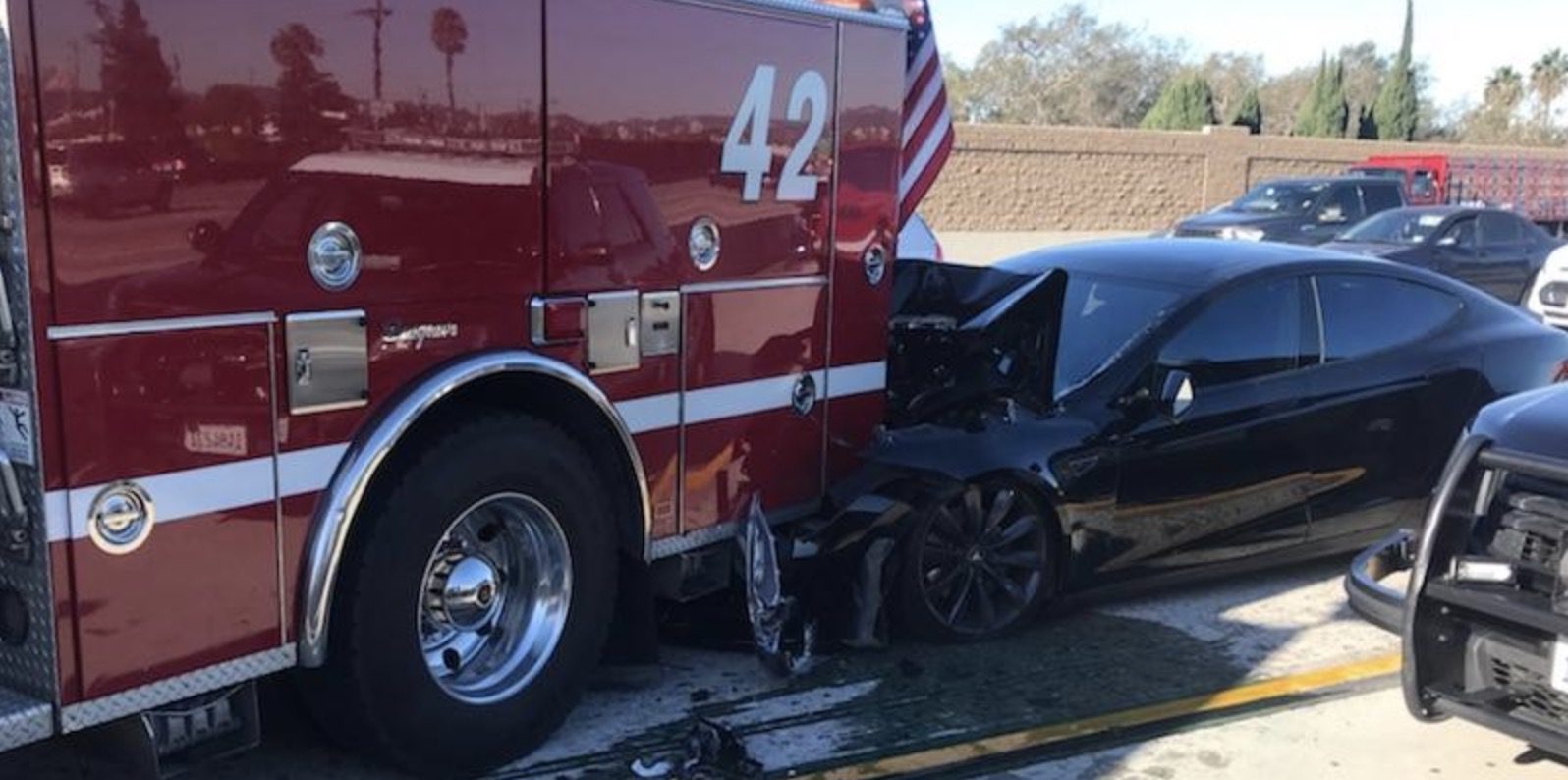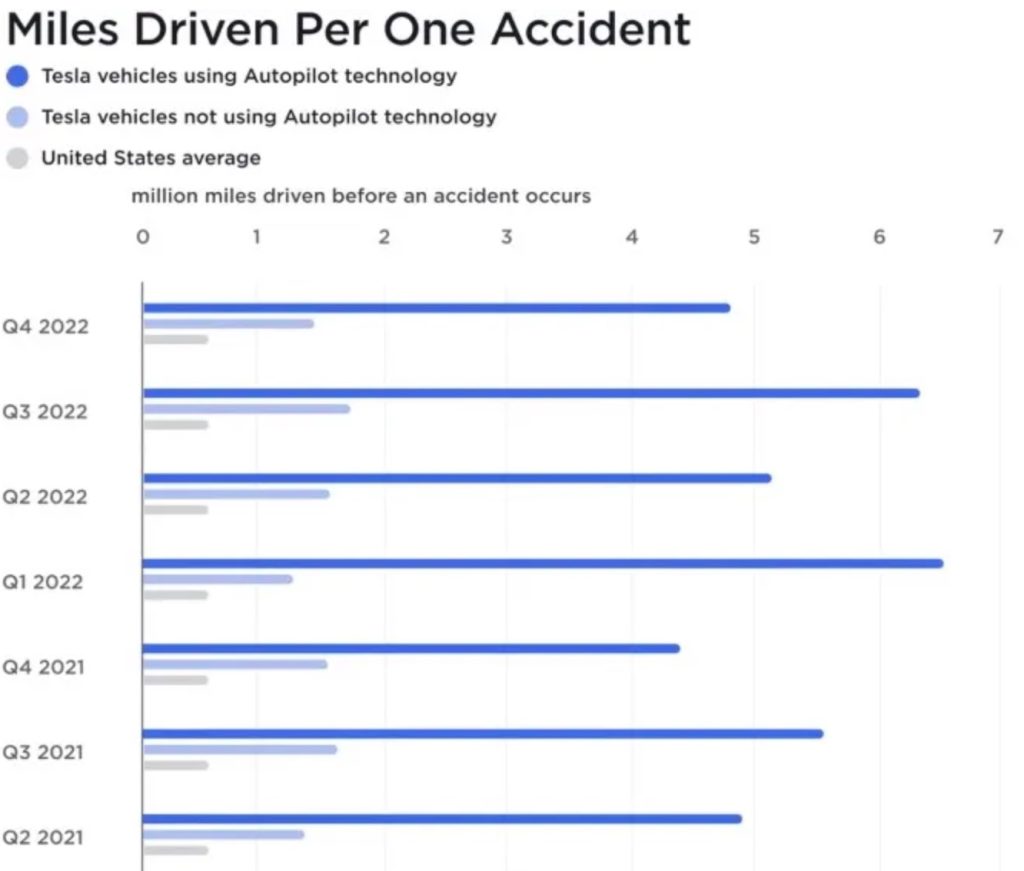Tesla drivers have highest accident rate despite Autopilot claims, who is lying?


A new study based on insurance claims shows that Tesla drivers have the highest accident rate of any brand in the auto industry. That’s despite Tesla claiming that its Autopilot safety features result in a much lower crash rate than the industry average.
Who is lying?
Tesla used to release an “Autopilot safety report” that tracked miles between accidents in its vehicles based on the level of Autopilot used or not used and compared it to the industry average.
The automaker used the report to claim that its Autopilot technology resulted in a much safer driving experience and that its vehicles would crash much less often than the average car in the US even without Autopilot:

Tesla stopped reporting this safety report last year and hasn’t released much data about its Autopilot and Full Self-Driving efforts since.
Now, a new study based on insurance claims in the US shows that Tesla drivers actually crash at a much higher rate than any other drivers.
The study comes from LendingTree, which analyzed millions of insurance claims to come up with a ranking of brands with the most accidents per 1,000 drivers:
| Rank | Brand | Accidents per 1,000 drivers |
|---|---|---|
| 1 | Tesla | 23.54 |
| 2 | Ram | 22.76 |
| 3 | Subaru | 20.90 |
| 4 | Mazda | 18.55 |
| 5 | Lexus | 18.35 |
| 6 | Volkswagen | 18.17 |
| 7 | BMW | 17.81 |
| 8 | Toyota | 17.18 |
| 9 | Infiniti | 16.77 |
| 10 | Honda | 16.50 |
So, who is correct?
City Dwellers’s Take
Tesla could argue that it is using data based on miles between accidents, but that would only look good if Tesla drivers drive more than the average driver, which is apparently not the case.
The data that I found show that, on average, Tesla drivers drive about 10,000 miles per year, while the US average is roughly 12,000 miles.
Now, the real difference is that Tesla appears to be using accidents that “activated the airbags or other restraints,” while LendingTree used insurance claims that originated from any crash, which means it could include smaller fender-benders that didn’t activate the airbags.
That could explain the massive difference in the results, but I think it’s still not a great look for Tesla and Tesla drivers.
However, Tesla could argue that its Autopilot safety features are good at reducing the impact from an inevitable crash, but you know. That would be a small silver lining from that report.
What do you think? Let us know in the comment section below.
FTC: We use income earning auto affiliate links. More.